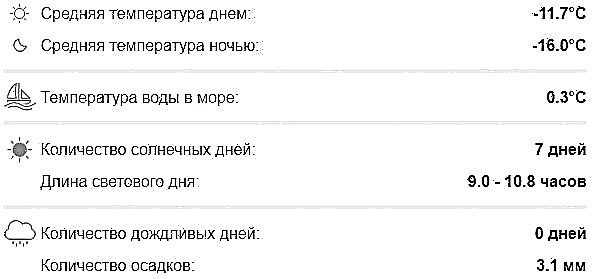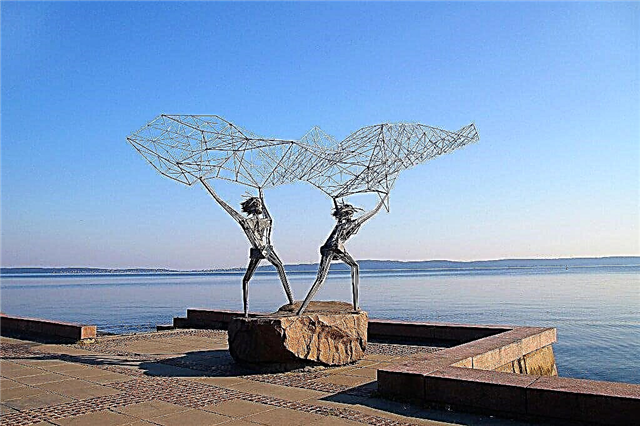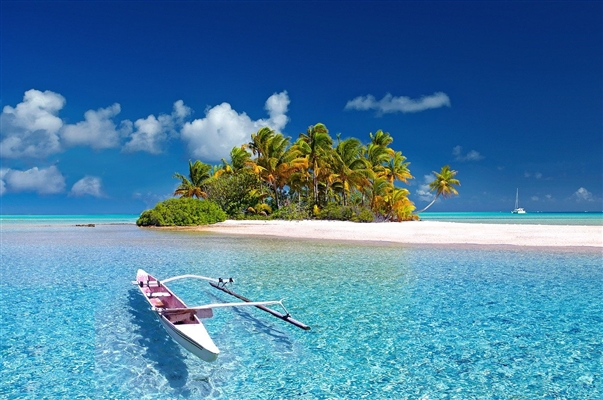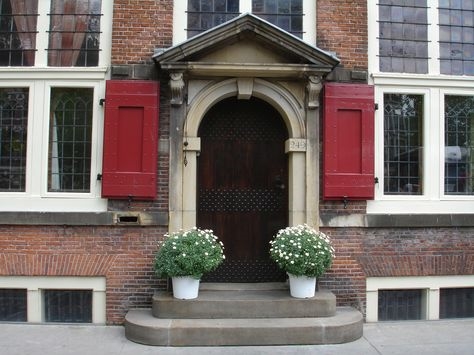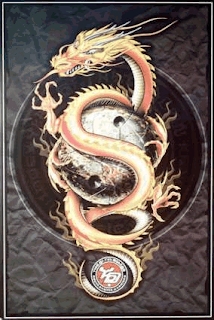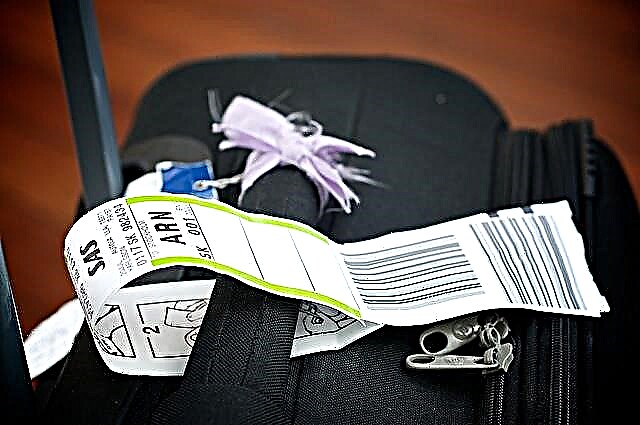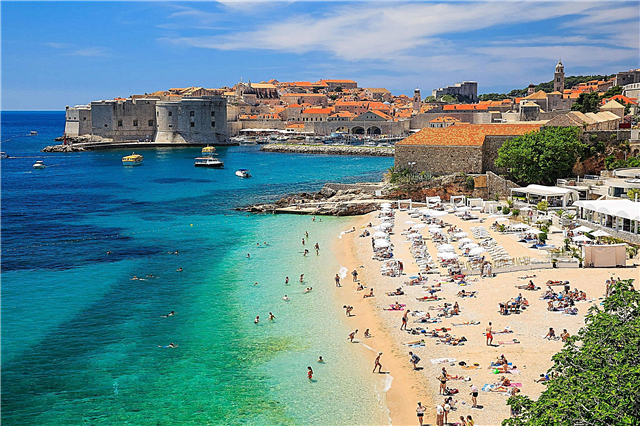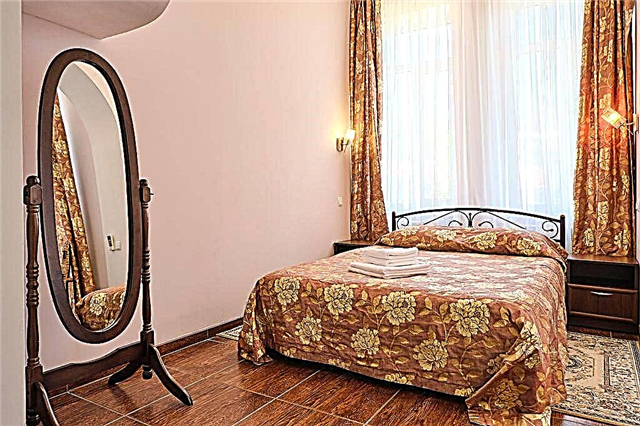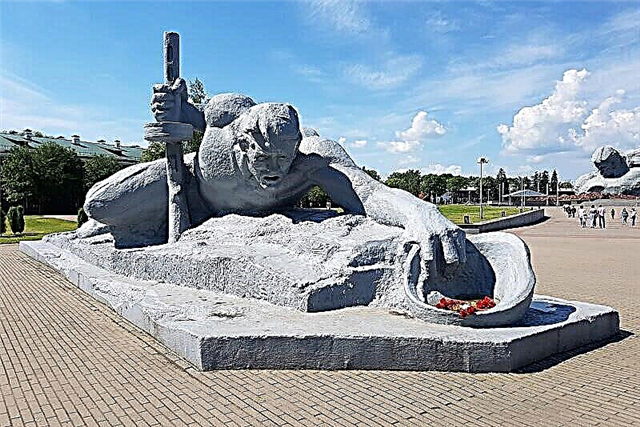Brest is a small, calm Belarusian city. The first thing that the guests of the city who come here for the first time note is the extraordinary cleanliness and cozy atmosphere. The history of the city dates back more than a thousand years ago, during which time it was ruled by different states, experienced both sad and joyful events.
The most tragic period in the history of the city is the defense of the Brest Fortress. Today this building has the status of "Hero Fortress", it is open to tourists. Evidence of the Great Patriotic War is found not only in the fortress, but throughout the city. However, Brest is constantly developing and replenishing with monuments to great people, modern heroes and important events.
Historical and modern monuments of Brest
List of the most famous monuments and sculptures of the city.
Obelisk "Bayonet"
The tallest building in the Brest Fortress. The obelisk is made in the form of a bayonet of the famous three-line, Mosin rifle. The structure is welded from metal sheets, the bayonet height is more than 100 meters, it is arranged like a tower structure. The cladding is made of titanium. The installation of the monument took place in 1971. The bayonet has become a real symbol of the fortress.

"Courage"
One of the most impressive monuments of the Brest Fortress. The concrete bust of a Soviet soldier is 36 meters high and 54 meters long. On the reverse side of the monument, there are pictures of the defense of the fortress in the form of bas-reliefs. The soldier's features are worked out very subtly, his expression speaks of the determination and courage of the defenders of the fortress. At the foot of the monument is the burial place of the heroes who died in the defense of the Brest Fortress. The Eternal Flame is always burning here.

"Thirst"
A small river flows through the territory of the Brest Fortress - a branch of the Mukhovets River. On its shore there is a sculptural composition in the form of a soldier crawling towards the water. In his outstretched hand, he holds a helmet. The participants in the defense of the fortress were tormented by a terrible thirst, the water supply was destroyed, and the approaches to the river were shelled. Trying to get water, a large number of soldiers died. The sculpture is 13 meters long, made of reinforced concrete.

"Star"
The entrance to the Brest Fortress is decorated with a reinforced concrete structure with a passage in the shape of a five-pointed star. The entire system is cut into the rampart, resting on the walls of the casemates. The walls of the passage are in dark granite. At the entrance, solemn music and sounds of shelling and bombing are always played. On both sides of the main gate of the fortress there are ruins of casemates, on one of the walls there is a decree on awarding the fortress with the title “Hero Fortress”.
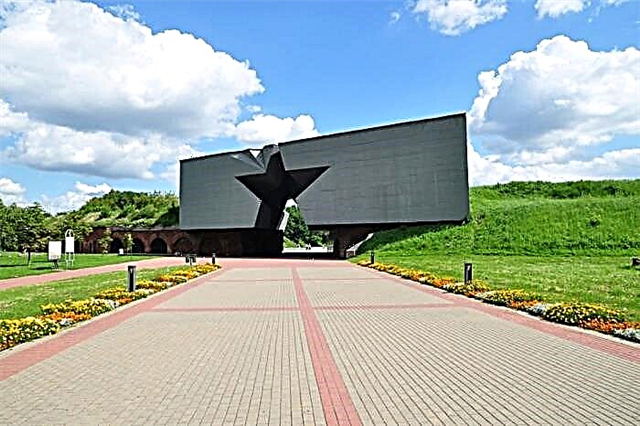
Monument to the Liberation of Brest
A concrete and granite stele is located on Freedom Square in the center of Brest. The monument is about 9 meters high. It was installed in 1965 in honor of the First Belorussian Front, whose troops liberated Brest in 1944. In the upper part of the stele there is a bas-relief of the head of a Soviet soldier in a helmet, below - the head of a rescued girl. An alley leads to the monument, on which steles are also installed with the names of the units, which were awarded the title "Brest".

Monument to the 1000th anniversary of the city
In the center of the city there is a pedestrian street Sovetskaya. At its intersection with Gogol Street in 2009, a monument was erected with donations from city residents. The complex architectural composition is a column, on top of which is the figure of the guardian angel of Brest. He holds a shield and a cross. Below, around the column, with their backs to it, there are figures of people important for the 1000-year history of the city. At the base of the monument there are high reliefs depicting the history of the city, from the foundation of the city to the defense of the fortress and the first flights into space.

"Guardians of the Borders"
The monument is located opposite the Museum of Rescued Values, at the intersection of Lenin and Masherov Streets. From here goes an alley to the entrance to the Brest Fortress. The memorial includes the main monument, on which a bas-relief of the face of a border guard and a clenched hand with a bayonet is carved, as well as 8 steles with busts and names of heroes-border guards who died during the Great Patriotic War.

Monument to soldiers of border guards
The sculptural ensemble is located in the Brest Fortress, at the Terespol Gate. The composition represents the images of heroes who fought for the fortress and the lives of their loved ones. It consists of six figures of border guards and members of their families, frozen at the moment of the battle. The monument was erected in 2011, with donations from the personnel of the border services. Interestingly, the idea of its creation has been worked out for 30 years.

Monument to V.I.Lenin
The monument to the Soviet leader was erected in 1958 on the central square of the city, named after him. A full-length bronze figure of Lenin is depicted in a recognizable pose with his right hand extended forward. It is mounted on a high stepped pedestal. Popular festivities and celebrations are held on the square.

Alley of forged lanterns
Part of Gogol Street in 2013 was designed in the form of an unusual alley. Each lantern is individually designed and funded by sponsors. Today the alley has more than 40 art objects, their number is traditionally replenished by the day of the city. Initially, there was an idea to decorate the Gogol Boulevard with characters from the writer's works, later the enterprises made lanterns in their own theme. There are lanterns in the form of a sewing machine, an openwork dress, a carriage, a waiter, a firefighter.

Monument to the founding of the city
The first mention of Berestye dates back to 1019, although there are also assumptions about an earlier origin of the settlement. Officially, the year of foundation is 1019. The stone with the year of the city's founding carved on it is located at the crossroads of Masherov and Lenin streets, not far from the Museum "Saved Artistic Values".

"Olympic glory of the Brest region"
In 2007, a metal stele was installed on the territory of the Brest Ice Palace. It is made in the form of Olympic symbols - a torch and rings. The round pedestal of the stele is decorated with enlarged copies of the Olympic medals won by Brest athletes. Today, 21 medals are presented on the stele, and their number is constantly being replenished.

Monument to N.V. Gogol
The monument to the great writer is located on the street named after him. It is a metal bust of Nikolai Vasilyevich Gogol. The pedestal is made of granite. The bust was installed in 1962. Previously, there was a monument to Stalin on this site. Today the monument to Gogol opens the beginning of the Alley of forged lanterns. On memorable dates, flowers and wreaths are laid at the monument.

Monument to V.N. Karvat
Vladimir Nikolaevich Karvat is the first person to be awarded the title of Hero of Belarus. In 1996, the pilot refused to eject from an unguided Su-27 aircraft. The seconds remaining before the fall, he tried to take the car away from the settlements. A street in Brest was named after him, and a bust was installed at the intersection of Gogol and Kosmonavtov streets. The sculpture is installed on a high granite pedestal, the total height of the structure is more than 3 meters.

"Happy boot"
The owner of a shoe store that opened in 2013 placed a boot, bound in metal, in front of him. Anyone can try it on. According to a family legend, the businessman's grandmother gave the lucky boot to his father. In the boot were hidden gold royal coins. They say that the second boot of the pair, hidden in Lviv, holds much greater wealth. Brest residents are happy to try on boots at random and take pictures.

"Moskvich-407"
The old Levanevskogo street has preserved the architecture of the beginning of the last century, one of such buildings is house number 5. The Regional Directorate of the Department of Security is located here.In the courtyard of the building, on the overpass, there is a 1961 Moskvich-407 car. There is a red sign on the fence with a white inscription "Beware of the car". The body of the "Moskvich" is painted bright yellow, the inscription on the board says that it belongs to the Brest police.

"Zero kilometer"
On Lenin Square, opposite the monument to the leader, there is the Church of the Exaltation of the Holy Cross. This place is considered to be the starting point for the distance between Brest and other settlements. It is marked by a low milestone. The cube at the top of the column is decorated with the golden coats of arms of the city, the inscriptions in the Belarusian language translate as: “Republic of Belarus. Committee for Roads. The reference point for the mileage of highways ”.

"Old city"
The sculptural composition at the intersection of Sovetskaya and Pushkin streets has many names among the people: "Cats", "Cats in love", "Month of March". It represents the turrets of old houses, on which street cats are located. Interestingly, the sculpture was installed in order to disguise the inconvenient ventilation pipe. The author of the project was the Brest teacher Ruslan Usmanov. The material of the sculpture is silumin.

"Flying stork"
In Brest, just 3 km from the border with Poland, there is the famous rowing canal. Athletes train here and international rowing competitions are held. Not far from the canal, there is a high metal stele in the shape of a flying stork. At the top of the stele, a bird, spreading its wings, flies through the ring. The symbol of Belarus is clearly visible from a great distance.

Bust of Menachem Begin
A bust of the former Israeli Prime Minister and Nobel Peace Prize laureate was erected on Kuibyshev Street in 2013. Menachem Begin studied in Brest not far from this place, and there was also a synagogue here. Representatives of the Israeli side took part in the opening of the monument; the installation of the bust is timed to coincide with the 100th anniversary of the outstanding politician.
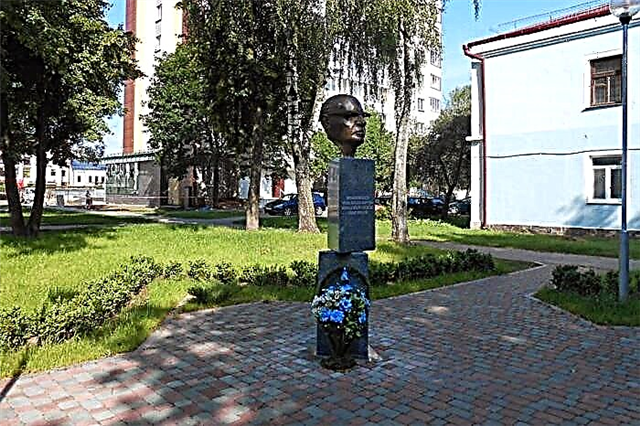
Monument to Taras Shevchenko
The bust of the great Ukrainian writer is located at the beginning of the boulevard named after him. The installation of the monument was timed to coincide with the celebration of Shevchenko's year in Belarus, in 2002. The bust was a gift from the Cherkasy region of Ukraine to the residents of Brest. The Ukrainian architect V. Golovko did not manage to finish work on the monument, it became the last in his life. The work on the bust was completed by his Belarusian colleague R. Shilai.

Monument to St. Afanasy Brestsky
The relics of the holy martyr are in the St. Simeon Cathedral. In the 17th century, Father Athanasius was the abbot of the monastery and actively resisted the oppression of Orthodox believers. For disobedience to the Catholic Union, he was executed. In our time, he is canonized. In 2005, a monument to the saint was erected in front of the St. Simeon Cathedral. The figure of Athanasius is made in full growth, he is presented in traditional church vestments.
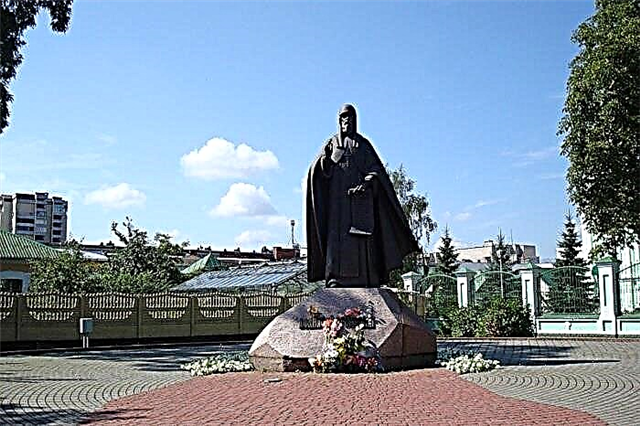
Monument to General N.F. Ikonnikov
In Brest there is a public garden named after Major General of Tank Forces Nikolai Fedorovich Ikonnikov. Here is his grave. He made a great contribution to the development of the offensive operation of the Soviet troops. He was deputy chief of staff of the First Belorussian Front. On the grave of Ikonnikov, there is a metal monument imitating a banner pierced by a shell. The commemorative plaque contains bas-reliefs of a tanker's helmet and gloves.

"Brest Bible"
In the 16th century, Brest was located on the territory of the Grand Duchy of Lithuania. By the order of Prince Nikolay Radziwill the Black, the Bible was published. It was an important book for that time, it was reprinted many times. Today the Brest Regional Library contains fragments of an original old edition. The Bible monument is made in the form of an open book with ancient inscriptions on the pages. The letters are made in the image of the fonts in the original. The Bible is considered one of the symbols of Brest.

"The young lady with an umbrella"
At the train station, there is a modern sculpture depicting a young passenger. A girl is waiting for her train on a bench, wearing a 19th century dress and glasses. The young lady is holding an umbrella and a handbag in her hands. Passengers of the station can sit in an empty seat next to a beautiful stranger, take a photo as a souvenir.

Mass grave of Soviet soldiers and partisans
In the area of Sovetskaya Street and the railway station there is a park named after May Day. The bodies of the fallen soldiers of the Soviet Army and partisans are buried in the park. A granite obelisk with a star on top is installed on the grave of the soldiers. The tombstone contains the names of 11 heroes of the Soviet Union buried here. The names of the fighters and partisans are indicated on the plates. From the memorial complex there is an alley of trees planted in memory of the victims.

Monument to Adam Mitskevich
The 19th century Polish poet was born in Belarus. His work greatly influenced the development of Polish literature. As a member of the national liberation movement, Adam Mitskevich also influenced the formation of the Belarusian society. A bronze bust of the writer was installed in 1965. It is located in the park on Adam Mickiewicz Street, in the shade of century-old chestnuts.

Bust of Petr Klimuk
The bust of the first Belarusian cosmonaut was installed in Brest in 2000. The location of the monument is Cosmonauts Boulevard. Petr Ilyich Klimuk was born in the Brest region, in the village of Komarovka, in 1942. During the years of military service he was twice awarded the title of Hero of the Soviet Union, awarded with many orders and medals. Today, in the homeland of Petr Klimuk, there is a museum of cosmonautics, they regularly celebrate the birthday of the great compatriot, hold a basketball championship named after him.

"Plumber"
The alley of forged lanterns is constantly being replenished with new objects. Gifts to the city in the form of new lanterns from various enterprises have become a good tradition. "Brestvodokanal" installed a symbolic figure of a plumber, whom the residents immediately named Athos. A forged foreman in overalls and a helmet up to his waist is in the sewer hatch, holding an adjustable wrench in his hands.

Boundary mark
A square pillar, about 1.5 meters high, is the only sign that has survived in the city, which marked the boundaries of the territories of the city and the fortress. It was forbidden to build residential buildings outside the designated boundaries. The pillar is made of stone bricks, with a marble plaque attached to one of the sides. The plate with the inscription is stylized in antique style, but it appeared only in 1958.


